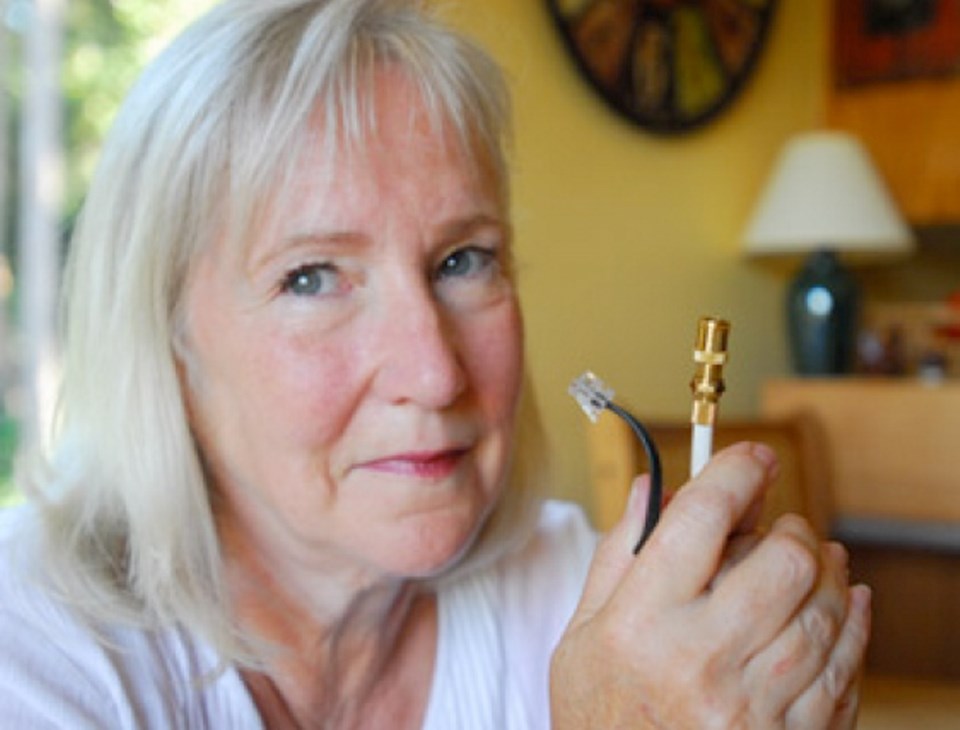While debate rages on over the effects of wireless technology on human health, those who claim a hypersensitivity to electromagnetism have called on B.C. Ferries to provide options to limit their exposure.
Louise Campbell of Nanoose Bay says her sensitivity to wireless devices can make a ferry ride to the Mainland a nightmare.
“For me, my day is thinking about how long I can spend in the mall, because there’s Wi-Fi in the mall. If I’m going to a friend’s house, I have to ask them to turn the Wi-Fi off,” she said.
Campbell claims her condition causes her to become lightheaded when exposed to wireless devices.
A two-hour trip into the city can leave her fatigued for the rest of the day. Campbell avoids restaurants, coffee shops, movie theatres and anywhere she expects exposure.
The situation impelled Campbell to call on B.C. Ferries to provide a way to limit exposure to the ship’s wireless technology while on voyages to the Mainland.
She is not the first to make the request, said B.C. Ferries spokeswoman Deborah Marshall. Marshall advised people like Campbell to reach out to the customer care department.
“There are some areas on the ship that the signals are quite weak . . . for example, the car decks,” she said.
The effect of wireless technologies, like Wi-Fi routers and cellphones, on human health has become a contentious topic in recent years. Many in the scientific and medical communities have countered the assault on wireless with stiff resistance. Those who say they suffer call it a disability.
Christel Martin, the Nanaimo representative for Citizens for Safe Technology, said more support is needed for people with the disability.
“There has to be a Wi-Fi-free zone,” she said. “We’re asking for equal rights, like any disabled person.”
Health Canada maintains that “there is no convincing scientific evidence that exposure to low-level radiofrequency energy from Wi-Fi causes adverse health effects in humans.”
Nevertheless, the debate will continue in the coming years as public Wi-Fi becomes more common and the world around us grows increasingly wireless.
The B.C. Centre for Disease Control capped off a two-year project in March with the release of its "radiofrequency toolkit" for environmental health practitioners.
The 371-page report broke down the myriad types of wireless frequencies used in Canada, the research on their effects and methods to avoid exposure.
“We realize that there will continue to be divergent views on the effects of RF. And we hope that scientists from across Canada can join us in contributing their knowledge and understanding to future integrative work in this enormous field,” wrote Dr. Tom Kosatsky, the BCCDC’s director of environmental health services.
To view the report visit www.bccdc.ca.



